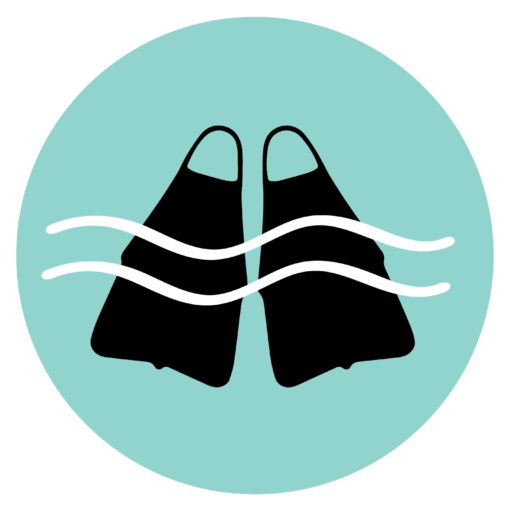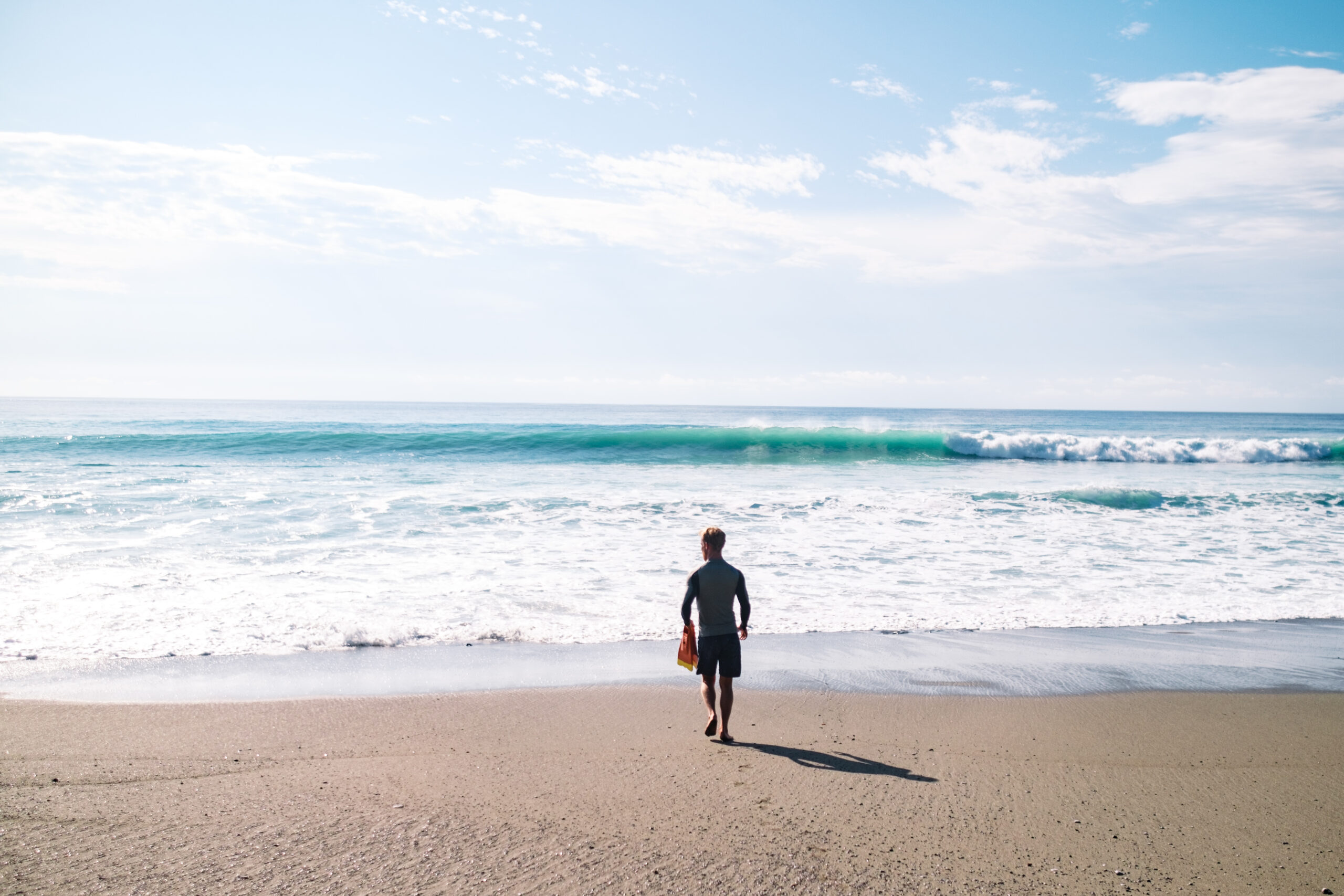Costa Rica is truly a bodysurfer’s paradise.
Costa Rica features over 800 miles of coastline, hundreds of warm water surf breaks, and consistent swell year-round.
The surprising thing is that there are hardly any bodysurfers here. Other than my friend Pablo, I have only bumped into a handful of Costa Rican bodysurfers over the years.
That said, I have yet to bodysurf the Caribbean coast.
I’ve bodysurfed many of the best waves on Costa Rica’s pacific coast, but I haven’t visited them all. This is by no means a definitive list.
Case in point, Pablo might argue that Boca Barranca—Costa Rica’s second longest left-hand point break—should be on the list. But I didn’t include Barranca because most bodysurfers don’t want to swim out next to a Crocodile-infested river.
What makes Costa Rica a great destination for bodysurfers?
- Warm, clean water (no need for a wetsuit)
- Uncrowded surf breaks, at least compared to Southern California
- Friendly “pura vida” lineup
- Consistent swell year-round
- Beach, reef, and point breaks
- Beautiful jungle backdrops
What type of wave is best for bodysurfing?
One of the difficult aspects of bodysurfing, as compared to board-surfing, is that bodysurfers are partially submerged when riding waves, and therefore cannot create near as much speed as surfers because of the extra drag.
Thus, a good bodysurfing wave is typically one that has a steep, “peaky” takeoff section that will provide the bodysurfer with plenty of speed to project down the line.
You may not be able to make a real fast down-the-line wave, so you are looking for a hollow, peaky, powerful nugget of a wave. – Keith Malloy
One of the best things about bodysurfing is that it is much easier to get barreled than when standing on a surfboard.
“The beauty is that if it’s waist high you can be getting totally barreled in the most critical part of the wave,” says Keith Malloy, “where if you’re standing on a board, you probably won’t fit in there.”
Characteristics of a good bodysurf wave:
- Uncrowded lineup (beach breaks are ideal for spreading out)
- Steep, peaky, and powerful takeoff section
- Fast-breaking wall, but not closed-out
- Tube section for the ultimate wave-riding experience
Now the moment you’ve been waiting for—the top 5 waves for bodysurfing along Costa Rica’s Pacific coast:
1. Playa Hermosa (Jaco)

Hands down the best beach break for bodysurfing in Costa Rica, Playa Hermosa is home to some of the best surfers in the country, including Cali Muñoz.
Located along the central Pacific coast, Hermosa is also one of the closest beaches to Juan Santamaria International Airport in San Jose, making it fairly easy to get to for surf travelers.
Playa Hermosa receives a ton of swell from multiple angles, and offers peaky A-frames nearly every day of the year. Furthermore, Hermosa was named a World Surfing Reserve in 2020 by the Save the Waves Coalition.
2. Dominical

Dominical is one of the best waves on the Pacific coast of Costa Rica, and the premier beach break in the southern Pacific zone.
Located just south of the Rio Baru, which dumps sediment and creates epic sandbars throughout the year, “Domi” receives swell from multiple angles (S, SW, W) and the wind is offshore most mornings.
Dominical features heavy-yet-make-able barrels, and is one of the most consistent waves in the country. I live just 15 minutes from this wave and can personally say that it is one of my favorite waves to bodysurf.
3. Matapalo (Osa)

Matapalo de Osa—which includes Cabo Matapalo (pictured above), Backwash, and Pan Dulce—offers my favorite series of right-handed point break waves in all of Costa Rica. Not because they are the best waves in the country but because they are the most scenic and remote.
Located in the species-rich Osa Peninsula, Matapalo is hard to get to (four-wheel drive or boat) and better suited for camping or off-the-grid lodging. But that’s the intrigue of the place: rugged, remote, and full of biodiversity.
Each wave works best at a different tide (Backwash only works at low tide), and they require long-interval S or SSW swells.
4. Pavones

Arguably the best point break in Costa Rica, Pavones is the second longest left in the world (behind Chicama in Peru). If you catch a wave from first point all the way into the bay, it’s easier to walk back along the beach than to swim—that’s how long the wave is!
Pavones is like a warm water, left-handed version of Malibu, but harder to access and far less crowded.
Located in the Golfo Dulce just north of Panama, Pavones only works on large, long-interval S and SSW swells. And yes, Pavones offers make-able barrel sections at a lower tide.
5. Witches Rock

Witches Rock is a world-class beach break located at Playa Naranjo within the Santa Rosa National Park in Guanacaste.
This hollow A-frame wave is often groomed by strong offshore winds coming from Lake Nicaragua, and is best known for the epic “Roca Bruja” pictured in the background.
Witches Rock performs best on S and SW swells at mid-high tide, and is only accessible by boat. Offshore winds are best December-February (Costa Rica’s dry season).
For questions and inquiries about surf/bodysurf travel destinations in Costa Rica, email me: spencer@thebodysurfblog.com


